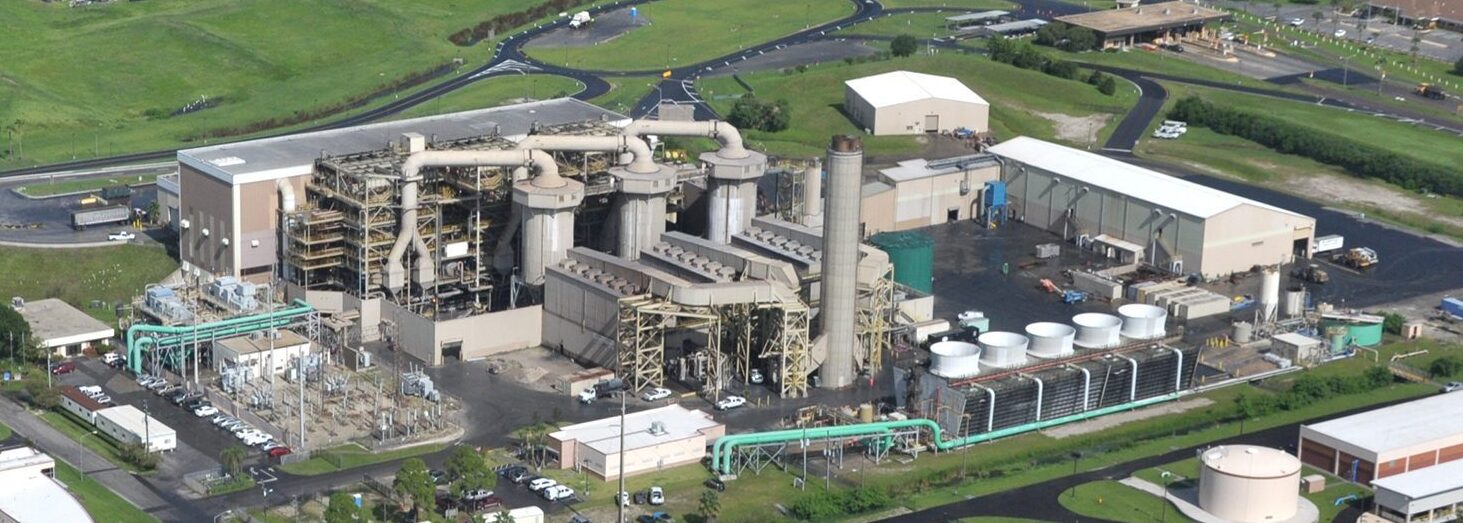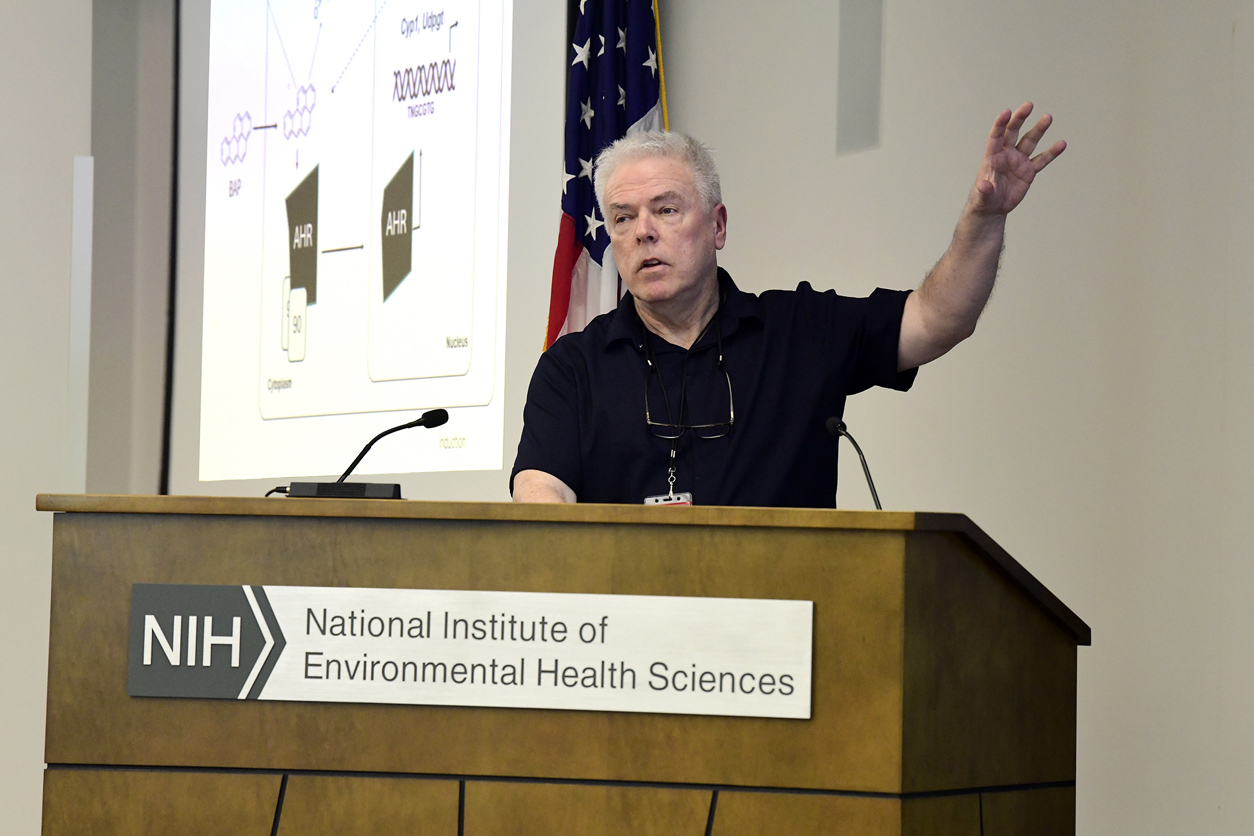Secure Chemicals Before the Storms – City of Clearwater

Report on Household Hazardous Waste Management and its Contribution to Sustainable Development Goals
Introduction: Mitigating Environmental and Health Risks in Alignment with Global Goals
The improper storage and disposal of household hazardous waste (HHW), including chemicals such as fertilizers, paints, automotive fluids, and pesticides, present significant risks to communities and ecosystems. These risks are exacerbated by climate-related events like tropical storms and hurricanes, which can cause chemical containers to break and release toxic substances into the environment. This challenge directly impacts the achievement of several United Nations Sustainable Development Goals (SDGs).
- SDG 3 (Good Health and Well-being): Chemical spills contaminate residential areas and water supplies, creating immediate and long-term public health hazards.
- SDG 6 (Clean Water and Sanitation): Hazardous runoff pollutes groundwater, rivers, and coastal areas, compromising the safety of water resources.
- SDG 14 (Life Below Water) & SDG 15 (Life on Land): The introduction of toxic chemicals into the environment causes severe damage to aquatic and terrestrial ecosystems, threatening biodiversity.
Strategic Initiative: The Pinellas County Household Hazardous Waste Program
To address these critical issues, Pinellas County has implemented a Household Hazardous Waste (HHW) program. This initiative provides residents with a safe and systematic method for disposing of chemical waste, directly supporting the transition toward more sustainable and resilient communities (SDG 11) and promoting patterns of responsible consumption and production (SDG 12).
Operational Framework for Sustainable Waste Management
The program’s central facility is the Household Hazardous Waste (HHW) Center, located at 2855 109th Ave N., St. Petersburg. This center is a key piece of infrastructure for achieving local sustainability objectives.
- Operating Hours: The HHW Center operates from 7 a.m. to 5 p.m., Tuesday through Friday, and on the first and third Saturday of each month.
- Swap Shop Facility: A Swap Shop, operating from 7:30 a.m. to 4:30 p.m. on the same days, promotes a circular economy by allowing residents to obtain usable products for free, directly contributing to waste reduction goals under SDG 12.
- Waste Acceptance Policy: The facility cannot accept certain items, including automotive/marine batteries, biological/infectious waste, empty paint cans, explosives, fire extinguishers, propane tanks, radioactive waste, or smoke detectors.
Enhancing Community Access and Climate Resilience
To ensure services are accessible to all residents, the county hosts regular Household Chemical Collection events at a secondary location, HHW North, located at 29582 U.S. Highway 19 North in Clearwater.
- Event Schedule: These events are held on the second and fourth Saturday of each month, except for November and December.
This decentralized approach enhances community resilience and supports climate action (SDG 13) by encouraging the preemptive removal of hazardous materials from homes before the onset of hurricane season, thereby minimizing the risk of environmental contamination during extreme weather.
Protocols for Safe Handling and Transportation
To ensure the safety of residents and sanitation professionals, and in alignment with SDG 3, the following protocols must be observed when transporting hazardous materials to a collection facility:
- Do not mix different chemicals together.
- Keep products in their original, labeled containers if possible.
- Place any leaking containers inside clear plastic bags and transport them in boxes stabilized with newspaper.
- Position boxes in the trunk or rear of the vehicle, safely away from any passengers.
- Note that electronics without rechargeable batteries are not accepted and should be disposed of in regular trash.
Conclusion: Aligning Local Action with Global Sustainability Targets
The Pinellas County HHW program is a vital local initiative that directly supports the global 2030 Agenda for Sustainable Development. By providing a structured and accessible system for the responsible management of hazardous waste, the county actively contributes to protecting public health (SDG 3), ensuring clean water (SDG 6), building sustainable and resilient communities (SDG 11), promoting responsible consumption (SDG 12), fostering climate adaptation (SDG 13), and preserving life below water and on land (SDG 14 & 15).
Analysis of Sustainable Development Goals in the Article
1. Which SDGs are addressed or connected to the issues highlighted in the article?
- SDG 3: Good Health and Well-being: The article directly addresses public health by highlighting the dangers of improper chemical storage and disposal, stating that leaks could be “endangering public health.”
- SDG 6: Clean Water and Sanitation: By focusing on preventing hazardous chemicals from entering the environment during floods, the article implicitly addresses the goal of keeping water sources free from pollution. The release of “fertilizers, paints, automotive fluids, pesticides and cleaners” would directly impact water quality.
- SDG 11: Sustainable Cities and Communities: The article describes a municipal service (Household Hazardous Waste Center) designed to manage a specific type of urban waste and make the community more resilient to environmental hazards like “a tropical storm or hurricane.”
- SDG 12: Responsible Consumption and Production: The core theme is the environmentally sound management of hazardous waste. The provision of collection centers and events encourages responsible disposal patterns among consumers.
- SDG 14: Life Below Water: The article warns that chemical spills endanger “wildlife and our ecosystem.” In a coastal area like Pinellas County, which is susceptible to hurricanes, this directly relates to protecting marine life from land-based pollution.
- SDG 15: Life on Land: The threat to “wildlife and our ecosystem” also applies to terrestrial habitats and species that would be harmed by contamination from hazardous chemicals released into the soil and local environment.
2. What specific targets under those SDGs can be identified based on the article’s content?
- Target 3.9: “By 2030, substantially reduce the number of deaths and illnesses from hazardous chemicals and air, water and soil pollution and contamination.” The article’s entire purpose is to guide residents on how to safely manage household chemicals to prevent them from contaminating the environment and “endangering public health.”
- Target 6.3: “By 2030, improve water quality by reducing pollution, eliminating dumping and minimizing release of hazardous chemicals and materials…” The article provides a direct alternative to dumping by offering a free drop-off service at the Household Hazardous Waste Center, thereby minimizing the release of these chemicals.
- Target 11.6: “By 2030, reduce the adverse per capita environmental impact of cities, including by paying special attention to air quality and municipal and other waste management.” The establishment and promotion of the Pinellas County Household Hazardous Waste Center is a clear example of a city-level initiative for specialized waste management.
- Target 12.4: “By 2020, achieve the environmentally sound management of chemicals and all wastes throughout their life cycle… and significantly reduce their release to air, water and soil in order to minimize their adverse impacts on human health and the environment.” The article is a practical guide for achieving this target at the household level by detailing how, where, and when to dispose of hazardous waste safely.
- Target 12.5: “By 2030, substantially reduce waste generation through prevention, reduction, recycling and reuse.” The mention of a “Swap Shop” at the HHW Center facility points directly to promoting the reuse of materials, which is a key component of this target.
- Target 14.1: “By 2025, prevent and significantly reduce marine pollution of all kinds, in particular from land-based activities…” The advice to secure chemicals before a “tropical storm or hurricane” is a preventative measure to stop land-based hazardous waste from being washed into waterways and ultimately the sea.
3. Are there any indicators mentioned or implied in the article that can be used to measure progress towards the identified targets?
- Existence and Accessibility of Waste Management Facilities: The article implies an indicator related to the provision of waste management services. Progress can be measured by the existence and operational capacity of facilities like the “Pinellas County’s Household Hazardous Waste Center.” The article provides its location, operating hours, and contact information, confirming its function as a controlled facility for hazardous waste.
- Frequency of Public Collection Events: The article mentions that “Pinellas County hosts Household Chemical Collection events regularly throughout the year” and that events at HHW North “now occur twice a month.” The number and frequency of these events serve as a direct indicator of the municipality’s efforts to manage hazardous waste and engage the community.
- Public Information and Awareness Campaigns: The article itself is an indicator of efforts to educate the public. The provision of a “Where Does It Go? Search Tool” and a “Household Hazardous Waste Calendar” are tools that measure the effort to increase public awareness and facilitate proper waste disposal, contributing to targets on reducing pollution.
- Promotion of Reuse Initiatives: The operation of the “Swap Shop” is an implied indicator for Target 12.5. The volume of materials exchanged or diverted from the waste stream through this shop could be a metric to track progress on waste reduction through reuse.
SDGs, Targets, and Indicators Summary
| SDGs | Targets | Indicators (Implied from the Article) |
|---|---|---|
| SDG 3: Good Health and Well-being | 3.9: Reduce illnesses from hazardous chemicals and pollution. | Implementation of safe disposal programs to prevent public exposure to hazardous chemicals. |
| SDG 6: Clean Water and Sanitation | 6.3: Improve water quality by reducing pollution and minimizing the release of hazardous chemicals. | Provision of a free and accessible drop-off center for hazardous waste to prevent dumping into the environment and water systems. |
| SDG 11: Sustainable Cities and Communities | 11.6: Reduce the adverse environmental impact of cities through improved waste management. | Operation of a specialized municipal facility (HHW Center) for managing hazardous waste. |
| SDG 12: Responsible Consumption and Production | 12.4: Achieve environmentally sound management of chemicals and all wastes. 12.5: Substantially reduce waste generation through reuse. |
Regularly scheduled chemical collection events. Operation of a “Swap Shop” to promote the reuse of materials. |
| SDG 14: Life Below Water | 14.1: Prevent and significantly reduce marine pollution from land-based activities. | Public guidance on securing chemicals before storms to prevent runoff into marine environments. |
| SDG 15: Life on Land | 15.5: Take action to reduce the degradation of natural habitats. | Programs designed to prevent chemical spills that would contaminate soil and harm local wildlife and ecosystems. |
Source: myclearwater.com

What is Your Reaction?
 Like
0
Like
0
 Dislike
0
Dislike
0
 Love
0
Love
0
 Funny
0
Funny
0
 Angry
0
Angry
0
 Sad
0
Sad
0
 Wow
0
Wow
0
















































/environment-climate-change-and-health-(ech)/water-sanitation-hygiene-and-health-(wsh)/landfill-tuvalu-36092.tmb-1200v.jpg?sfvrsn=5c21fe40_1#)

.jpg.webp?itok=0ZsAnae9#)
























